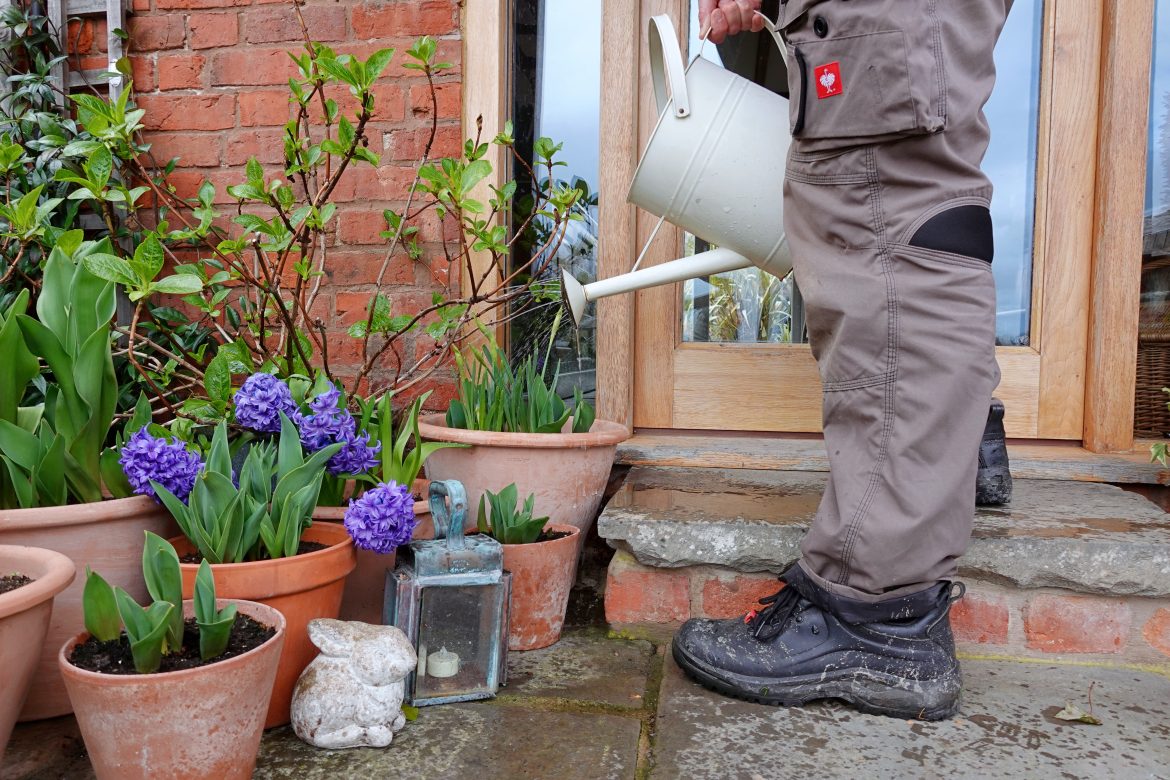As many gardeners know, pests can sometimes be a major issue. One pest that we had never encountered before was the vine weevil. Last autumn, we experienced firsthand the damage that these little creatures can do. They seemed to have a particular taste for our heucheras in the back garden, and they were wreaking havoc on the delicate plants.
After some research, we discovered that the best way for us to target vine weevils was by using nematodes. These microscopic worms are effective at targeting the larvae, which is where the real damage is done. We treated the soil with Nemasys wine weevil nematodes last autumn, and we’re doing it again this spring to target the beetles.
If you’re struggling with vine weevils or any other pests in your garden, it’s important to do your research and find the best solution for your plants.
What is a vine weevil?
The vine weevil (Otiorhynchus sulcatus) is a small, black beetle that feeds on the leaves, stems, and roots of a wide variety of plants, including ornamental plants, fruits and vegetables. They are particularly damaging to container-grown plants and those in the garden that have a high moisture content.
The adults of the vine weevil are about 1cm long and are characterised by their dark brown or black colour, and their broad, oval-shaped bodies. They emerge from the soil in late spring and early summer, and they are nocturnal, so they are often difficult to spot.
It’s the larvae of the vine weevil that cause the most damage, as we’d discovered. These legless grubs are about 1 cm long and white in color, with brown heads. They live in the soil and feed on the roots of plants, causing damage and weakening them. This damage can be particularly devastating in container-grown plants, where the roots have less space to grow and are more vulnerable to attack.
The vine weevil is considered a major pest of horticulture because it can cause significant damage to plants, leading to stunted growth, yellowing leaves, and in severe cases, plant death.
